There is an old saying, “Richer than I you’ll never be, for I had a parent who read to me”. The benefits of reading can never be doubted however I would like to rewrite this saying and state, “Richer than I you’ll never be, for I had a parent who told stories to me”.
In our highly visual world it is vital that children have an opportunity to listen and imagine. My passion is to encourage parents and teachers to include oral storytelling on a regular basis.
Storytelling strengthens brain development. Without text and pictures, storytelling teaches children how to listen deeply, visualize characters and remember a sequence of events. It not only supports literacy via listening to the rhythmic cadences of the mother tongue, it can convey morals, values and wisdom. The therapeutic benefits however are what are often overlooked.
Yanhong Wheeler is a bestselling Chinese parenting author, best known by her pen name Xiaowu, 小巫. One of her books 《小巫教你讲故事》 teaches how to compose and tell different types of stories, such as bedtime stories, nature stories, temperament stories, curriculum (classroom) stories and pedagogical (or healing) stories for challenging situations and behaviors.
My friend Yanhong calls storytelling “nourishment for the soul” and states that reading, lecturing or watching TV, cannot compare or compete. She firmly believes that storytelling is “the most powerful tool of parenting and education”.
World recognized Australian author, teacher trainer and parent educator, Susan Perrow also writes of the therapeutic value of storytelling for children’s challenging behaviours by “working with imaginative journeys and the mystery and magic of the metaphor” in her book “Therapeutic Storytelling: 101 Healing Stories for Children”.
Susan explores unruly behavior, grieving, anxiety, lack of confidence, bullying, teasing, nightmares, intolerance, inappropriate talk, toileting, bedwetting and much more. She offers a tried and tested method for a parent or teacher to create unique therapeutic stories. She also draws on modern and traditional wisdom tales.
Very often both teachers and parents have become used to the idea of using picture books and do not have confidence in storytelling. For many adults they lack role models as they have never had a story told to them.
I was a lucky one for I was the child of a father who told stories to me. I have vivid memories of him tucking me into bed and asking him to tell the story yet again about him riding his horse bare back to school, about the huge goanna he caught or about the antics of ‘Major’ his draught horse. He also told traditional stories like The Three Little Pigs.
There was no doubt that storytelling brought personal connection and invigorated my imagination. Yanhong further emphasizes that “stories come directly from the parent’s soul, imbued with love, and flow directly into the child’s soul.”
So how and what do you tell stories about?
Take some ideas from my father and keep it simple. Choose an event that has special meaning to you and tap into to the emotions behind the events. My father told stories about adventures and experiences from when he was a child. He also told stories of traditional nursery stories and stories about when I was little.
My mother loved to tell the story of what happened on the day each of my siblings was born on the occasion of our birthday: “Dad was picking beans and it was a cold day in June. It was the year the fires had burnt the hills on either side of the valley … You were born with dark curly hair that the nurses loved to comb…”.
As an early childhood teacher, I learnt to tell stories that I created: “The little mouse that got lost in the woods and found her way home”; “The kite that wanted to fly”.
I also learnt to tell stories that paralleled a young child’s experiences, fears or upsets. If a child did not want to go to school, or was scared of the dark, I told a story about a fictitious child (or animal) who did not want to go to school or was frightened. I injected hopefulness into the story. Sometimes I involved the class or my child in working out ideas for what the fictitious child could do.
As a parent I used to tell stories that helped my sons go to sleep. I found Maureen Garth’s books “Moonbeam” and “Starbright” were useful stimulants to come up with tales that helped my sons relax. I also used the ideas to make up my own stories for the children in the classroom, helping them relax, become peaceful and develop concentration and imagination.
Yanhong shared with me that a simple bedtime story does not need to be dramatic but can “contain lots of repetitions, warm, fuzzy and beautiful themes”. She revealed that she had “received hundreds of responses from parents who tell me that the most ‘effective’ story in my book is the simplest bedtime story about three little rabbits going out to play, separating at a fork in the road, each finding a field of flowers of different color (repetition), chasing some butterflies, falling asleep, being woken up by rain, running back to their rendezvous point and then discovering that the rainbow in the post-rain sky is composed of the light that shines from their respective field of flowers (repetition)! This little story has successfully put numerous children to sleep. Parents feel encouraged and have come up with their own successful versions later.”
Parents working away from home often have the dilemma of not being present for their child’s bedtime routine to read a story or tell a story. Although nothing beats the warm, loving connection of a child nestled close to a parent, Australian, Jasmine Berry, has come up with a brilliant idea of recording the reading of stories via her free website Read to My Child. All books read are quality children’s stories and read with permission from the publishers or authors. It is certainly a far better alternative to children watching DVD’s. It would be useful for teachers encouraging parents to read to their children also.
So what has Jasmine Berry’s idea to do with storytelling? I hope her idea encourages you to record your own unique stories that you wish to tell your children for the times you are away.
I encourage you to tell a story the next time you tuck your children into bed and teachers, the next time you have a story time with your class. Decide what and why you will tell this story and to boost your confidence start with something simple. You’ll be amazed at how enthralled the children will be. As your confidence grows and you see the pleasure and benefits children gain you can make up a fictional tale that offers therapeutic benefits as well.
Happy storytelling!
Kathryn Tonges is a parenting and personal development instructor and coach. She is a National Trainer for Effectiveness Training Institute of Australia Ltd. and has conducted parenting courses for over 30 years. She trained as a pre-school/ primary teacher and has taught from early childhood to tertiary level focusing on child development and effective communication skills. Kathryn currently resides in China and writes a parenting blog for “Beijing Kids” and “Jing” magazines. Her passion is helping people to build more peaceful, loving relationships. She is co-author of “Slurping Soup and Other Confusions: real life stories and activities to help third culture kids during transition”

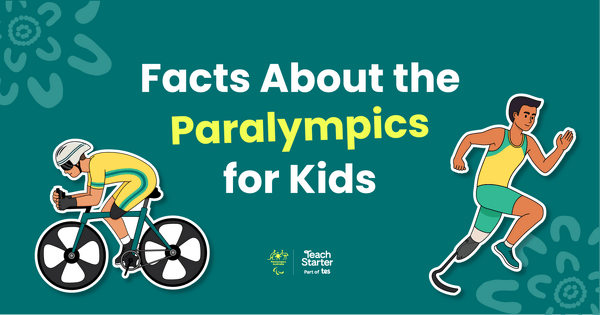

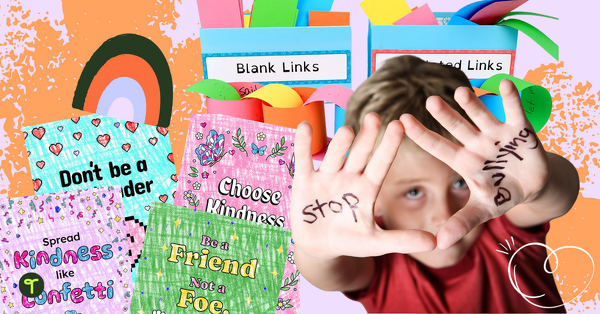
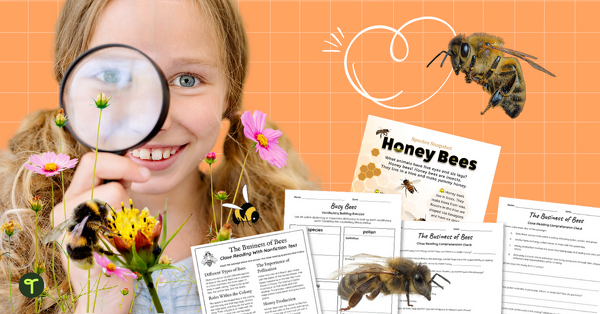
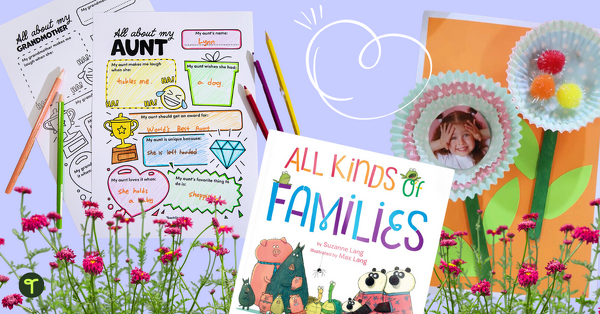
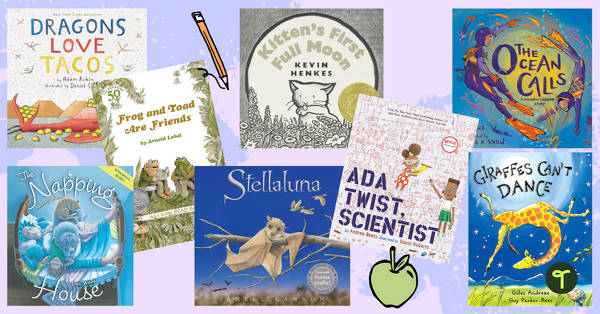
2 Comments
No comments yet.